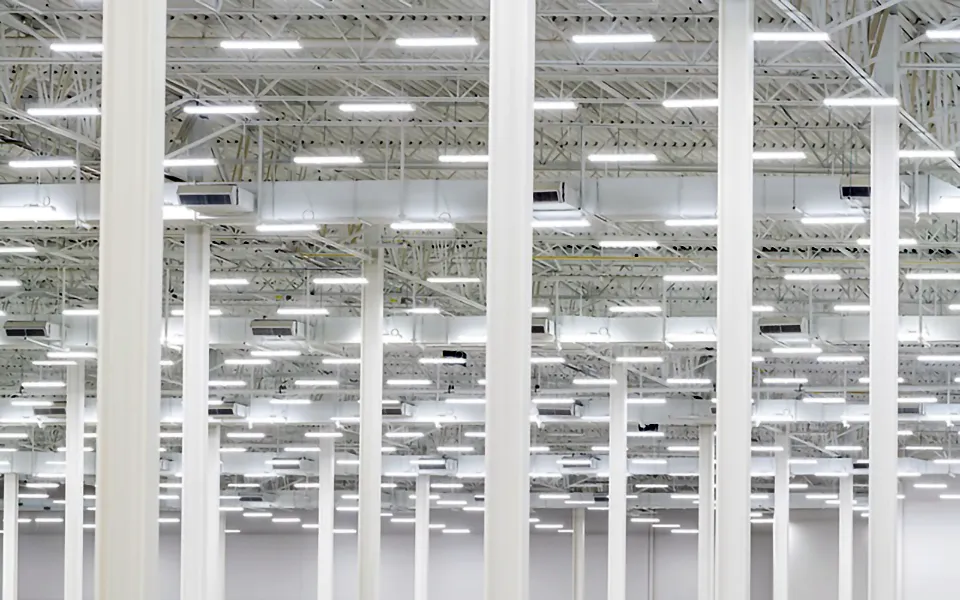Over the past decade, supply chains have undergone a substantial digital transformation. One of the most significant factors driving this change has been the integration of artificial intelligence (AI) and automation technologies. As these technologies have become more prominent, however, so too have misconceptions about their impact on supply chain and logistics operations.
AI and automation are sometimes mentioned as supply chain and logistics superheroes, ready to swoop in and save the day. But AI isn’t here to steal our thunder; it is more like a trusty sidekick, helping us level up and tackle strategic tasks that require our human superpowers of decision-making and creativity.
While automation plays a significant role, many aspects of the supply chain are far from being entirely automated. The logistics chain, in particular, involves many complex processes that still require human oversight and intervention.
For instance, while AI can analyze vast amounts of data to identify customer demand or seasonal patterns, it is up to human supply chain managers to interpret this data and make informed decisions.
During the pandemic, human forecasters often outperformed AI systems in predicting changes in consumer behavior. While AI systems struggled due to the sudden and unprecedented nature of the pandemic, human forecasters adapted quickly, mostly using their experience and intuition to make predictions based on real-time data and consumer trends. AI and human workers can and should complement each other’s strengths.
The Human Touch
While AI can automate routine tasks and provide valuable insights, human workers bring to the table critical judgment, decision-making skills, and adaptability. This leads to the conversation around job loss caused by AI, but it is important to understand that AI will create a lot more jobs, requiring employees and employers to obtain the necessary skills and training.
Another notion that keeps some users away from AI is that it is beneficial only to large enterprises. While this may be true in some cases, the advent of cloud-based AI solutions, pay-as-you-go alternatives, and overall dramatic shifts in the costs associated with AI, it has become possible for companies of all sizes to use it.
Implementation costs have gone down significantly compared to just a few years ago. However, when supply chain companies try to become AI companies creating their own teams around this topic, it can be a completely different conversation.
How many companies build their own warehouse management system or ERP platform? Not many, right? It’s more affordable and efficient to outsource to companies that are innovating AI to provide easier access.
AI integrations come in many shapes, forms, and costs. Some require an entirely new infrastructure to operate software and need regular updates and maintenance—expenses that add up over time. For most companies, the cost to transition and adopt AI software to improve existing operations becomes out of reach.
For full-scale adoption in the industry, affordable avenues for implementing AI are key. Software that works on existing infrastructure is a gateway to improving the supply chain, creating jobs, and streamlining the process from start to finish while making adoption and upskilling faster and easier.
Companies that view AI as a tool that enhances human capabilities to drive greater efficiencies while reducing costs will win. The integration of AI and human expertise will continue to shape the supply chain landscape.



